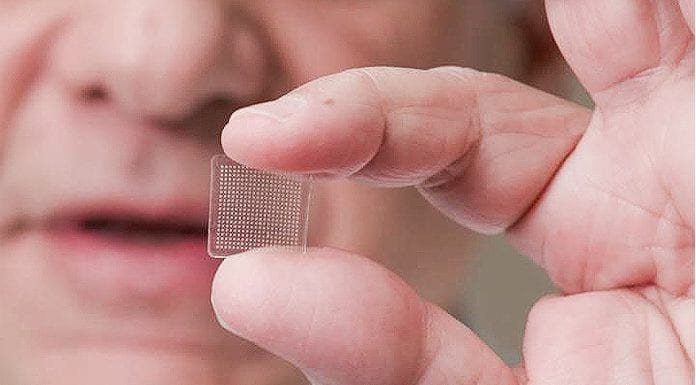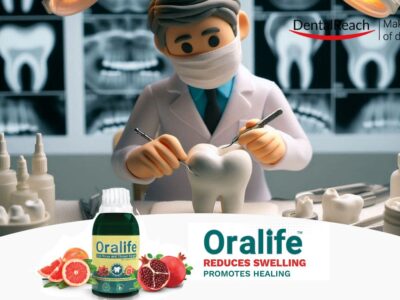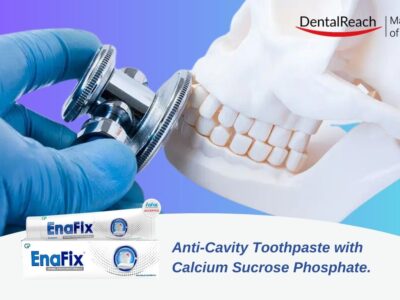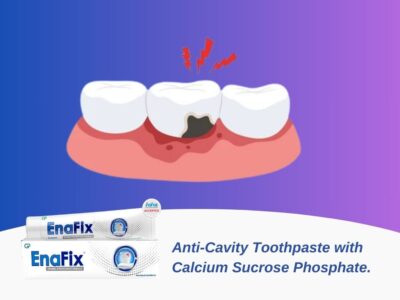Micro needles can be as effective in delivering local anesthesia for dental procedures as the current gold standard needles as per the study published in the ‘Advanced Functional Materials’.
Patient comfort before, during and after a dental procedure is an essential component of care for successful completion of any dental procedure.Perhaps the most common tool for dental pain management is a 2% lidocaine hydrochloride (HCl) solution with 1:100,000 epinephrine. A cartridge with up to 1.8 ml of 2% lidocaine with 1:100,000 epinephrine provides duration of approximately 60 to 90 minutes when using an injection block technique for pulpal anesthesia.7 Any cartridge may contain 1.8 ml of solution, but the average volume is 1.76 ml and recommendations to calculate dosage should err on the higher volume for safety purposes.
The two most common lengths of needles used for intraoral injections with the traditional syringe are the "long" and the "short”.The length of the needle can vary some by manufacturer, but usually, from hub to tip, a long needle is about 32 mm (1.5 inches) and the short is about 20 mm (1.0 inch). While considering diameter, The 25-gauge needle has been recommended for all injections.
Local anesthetic injections are likely to cause discomfort to the patient and it largely depends on the size of needle.
Patient comfort during local anesthesia delivery is an important aspect of care, and it is in the practitioner’s best interest to consider using a technique that will improve the patient experience. The potential use of MNs for local anesthesia delivery in dentistry was explored by the researchers.
The researchers found that:
- The development of a novel conductive Microneedles (MNs) array that can be used in combination with iontophoresis technique to achieve drug penetration through the oral mucosa and the underlying bone tissue is presented.
- The conductive Microneedles (MNs) array plays a dual role, creating micro-conduits and lowering the resistance of the oral mucosa.
- The reduced tissue resistance further enhances the application of a low-voltage current that can direct and accelerate the drug molecules to target the sensory nerves supplying teeth.
The conductive MN array plays a dual-role, creating micro-conduits and lowering the resistance of the oral mucosa. The reduced tissue resistance further enhances the application of a low-voltage current that is able to direct and accelerate the drug molecules to target the sensory nerves supplying teeth.
The successful delivery of lidocaine using this new strategy in a clinically relevant rabbit incisor model is shown to be as effective as the current gold standard.




















Comments